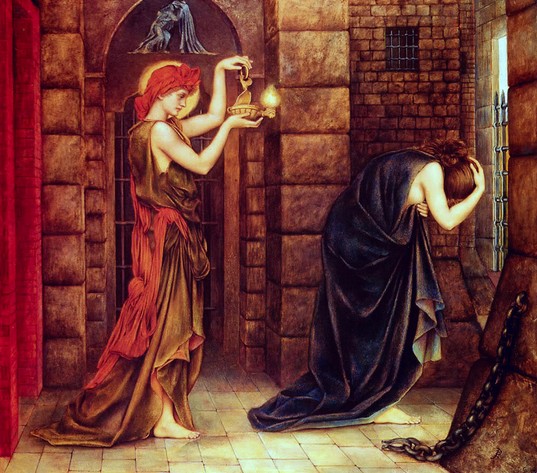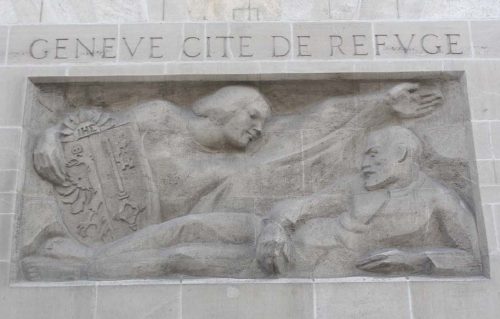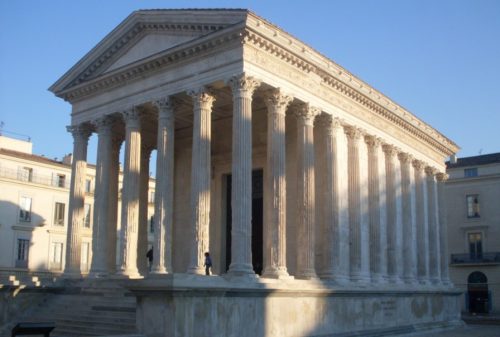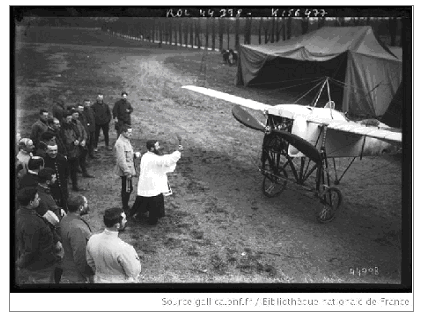Start the module (update 21/03/2022)
Mystical experience in religion is no doubt not the easiest phenomenon to grasp. Far from being the product of intellectual abstraction, it is a journey, often personal, the expression of which, when it is not simply hidden, uses and abuses the symbols and hyperboles belonging to a certain poetic language which brings with it significant problems of hermeneutics. Mystical experiences are expressed in all religions, and in spite of the fundamental divergence between the immanent religions of the Asian Sub-continent, East Asia, Oceana, Africa and America on the one hand, and on the other, the transcendent religions, in particular, the three principal monotheistic religions, Judaism, Christianity and Islam, mystical experiences in their development, their practices, even the words to describe them, intersect in the most fascinating way.








